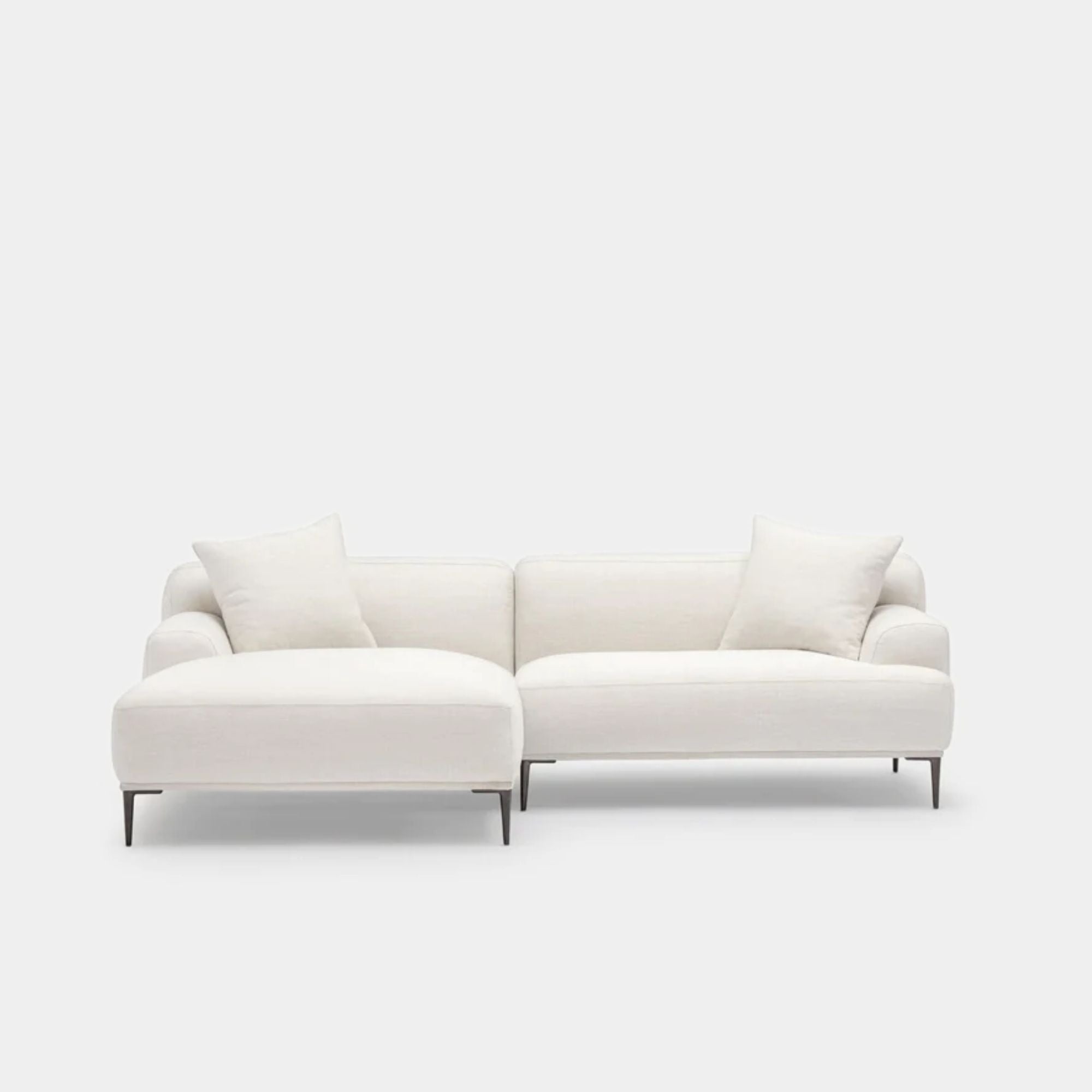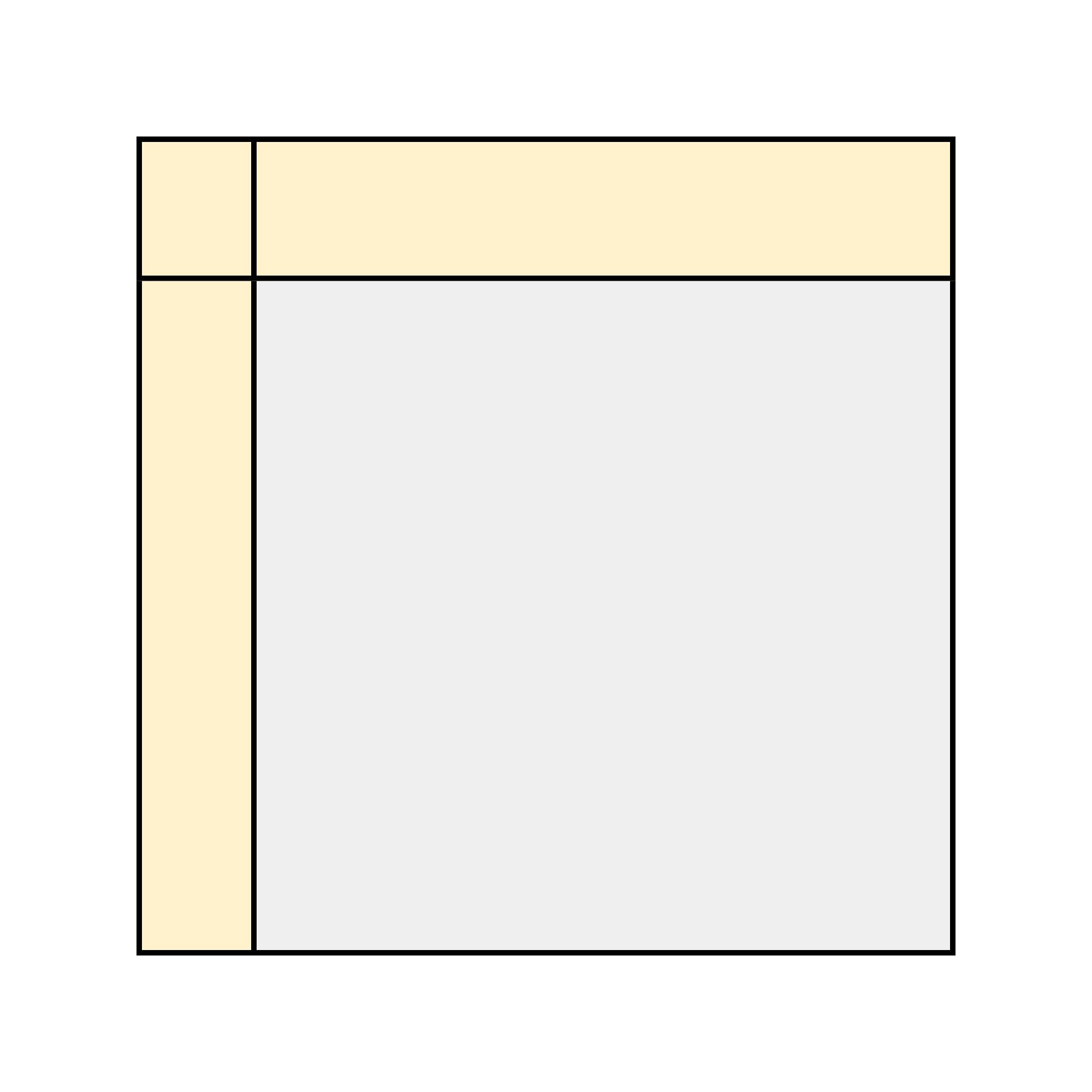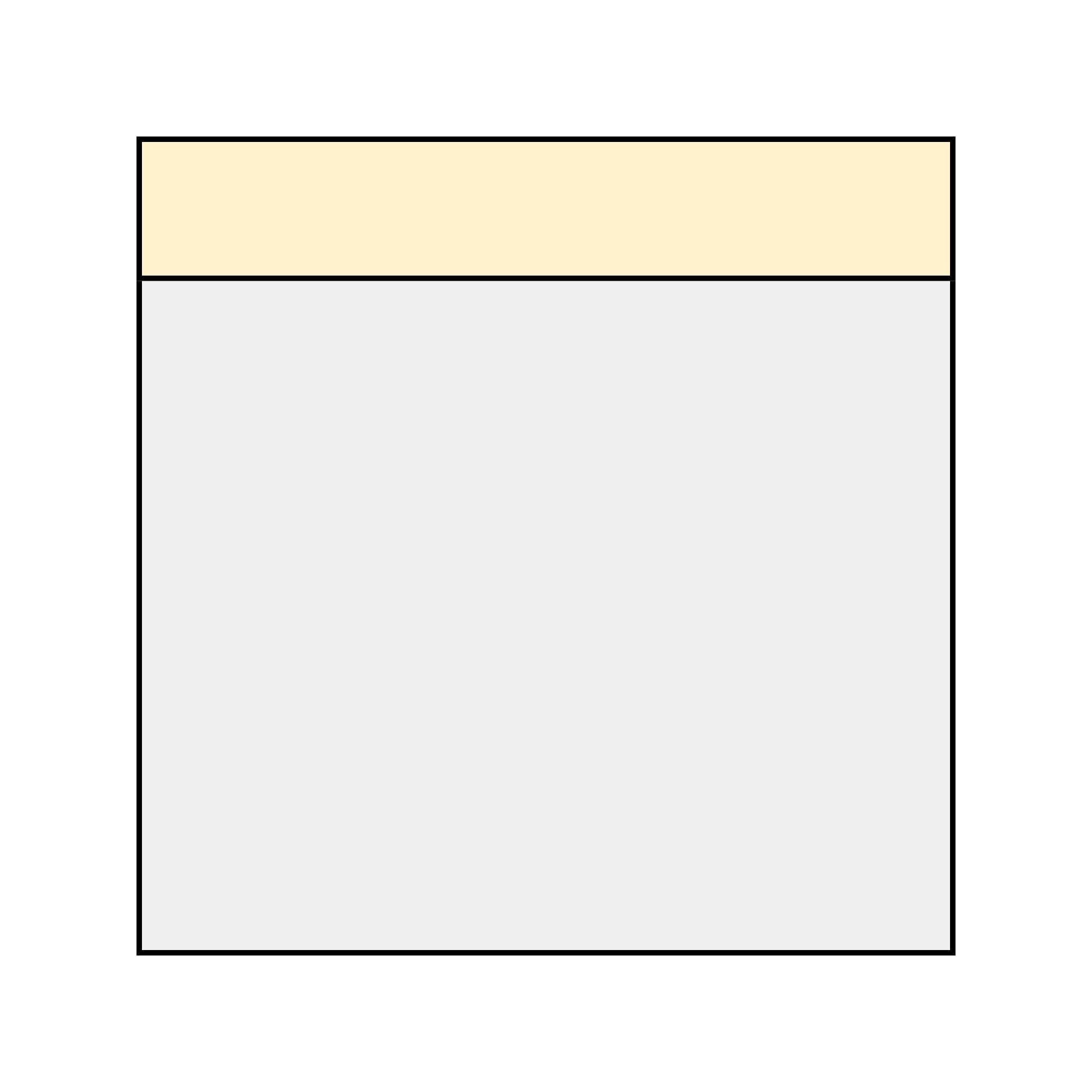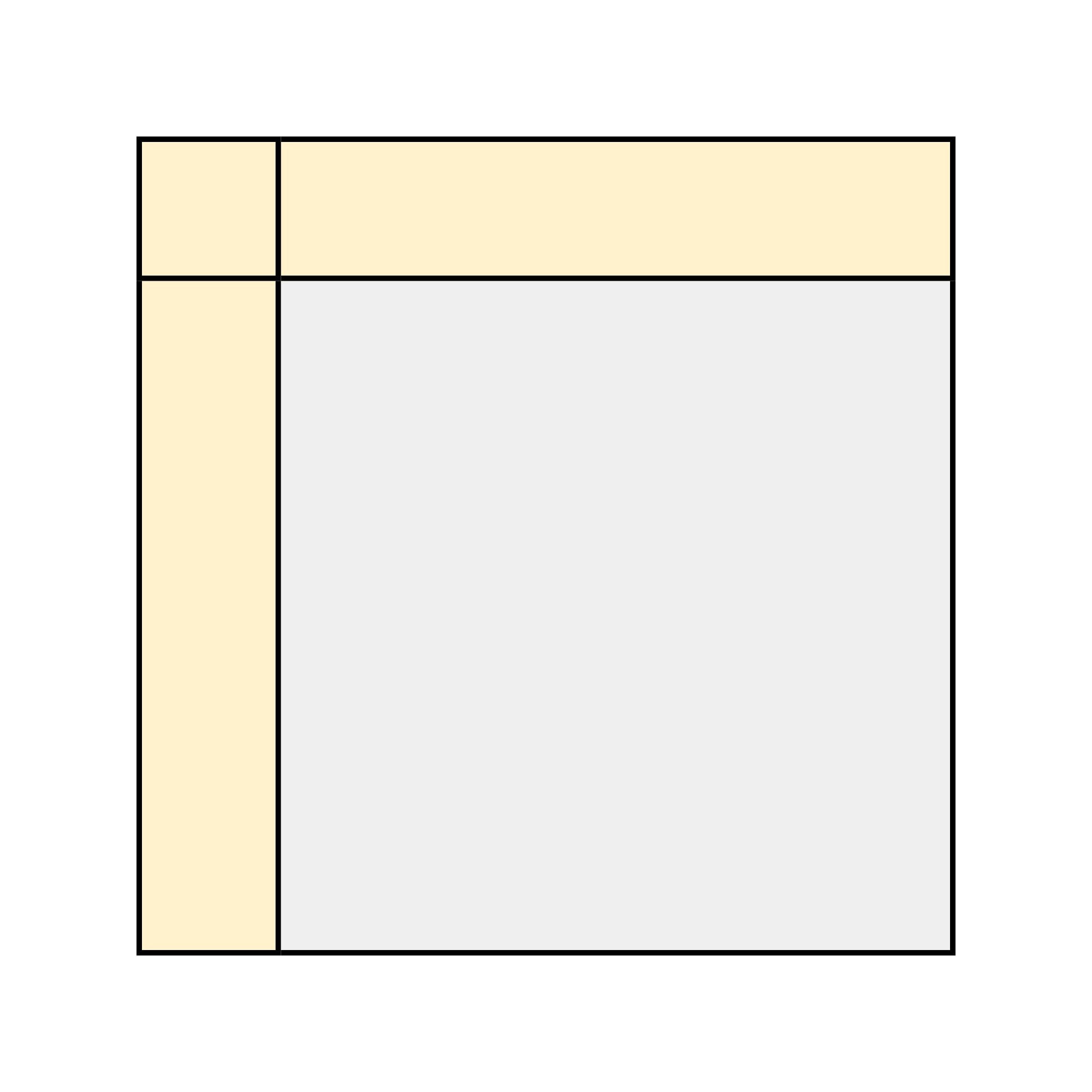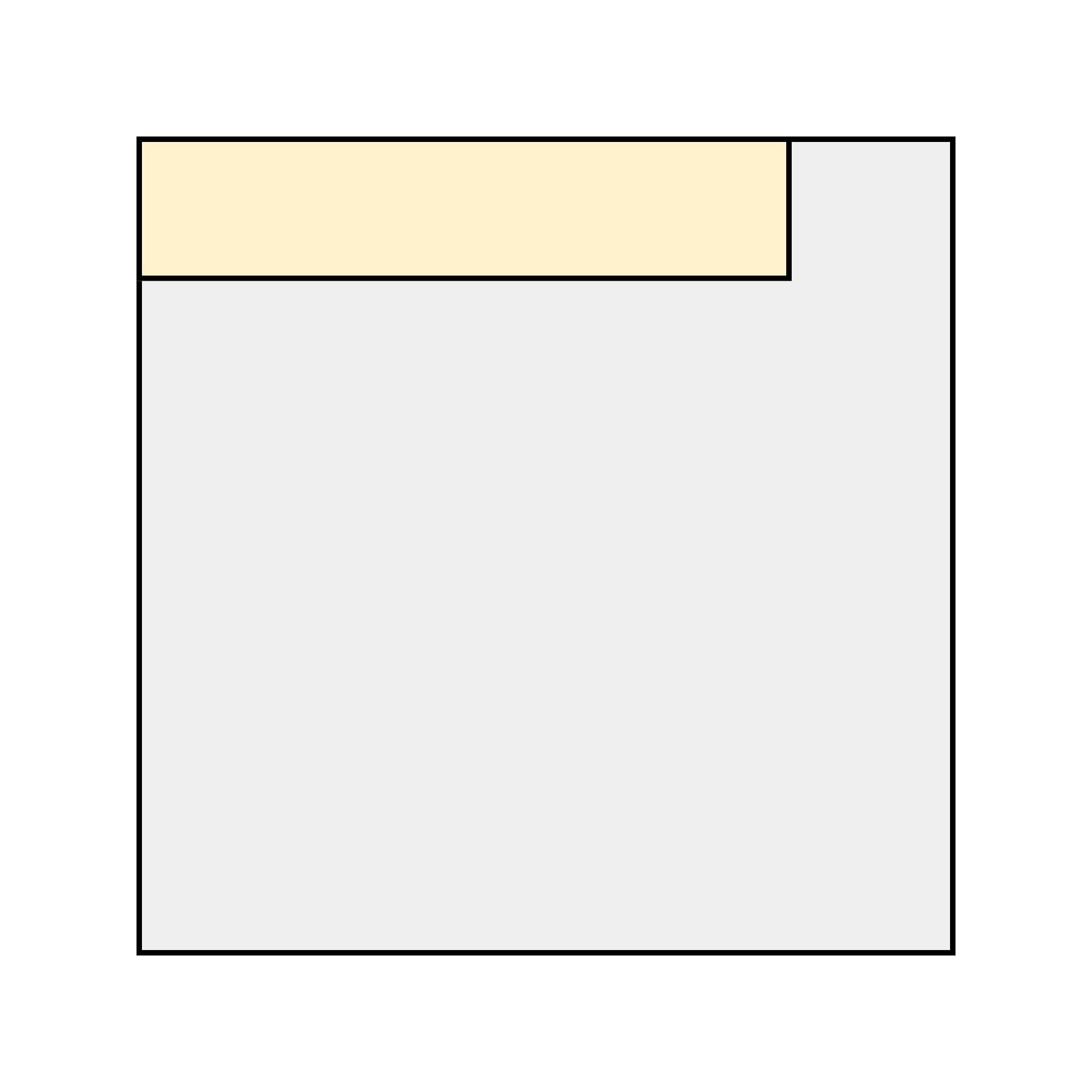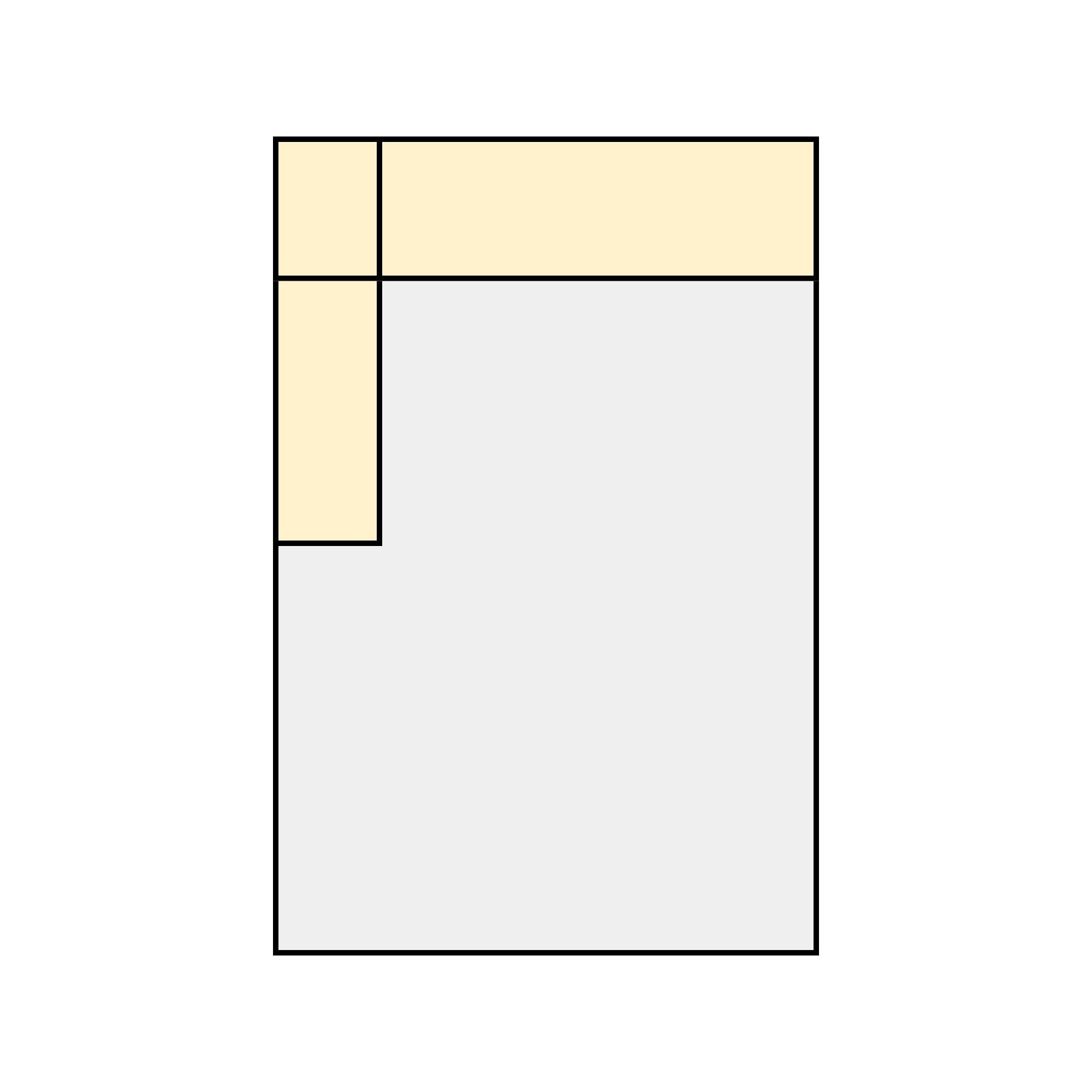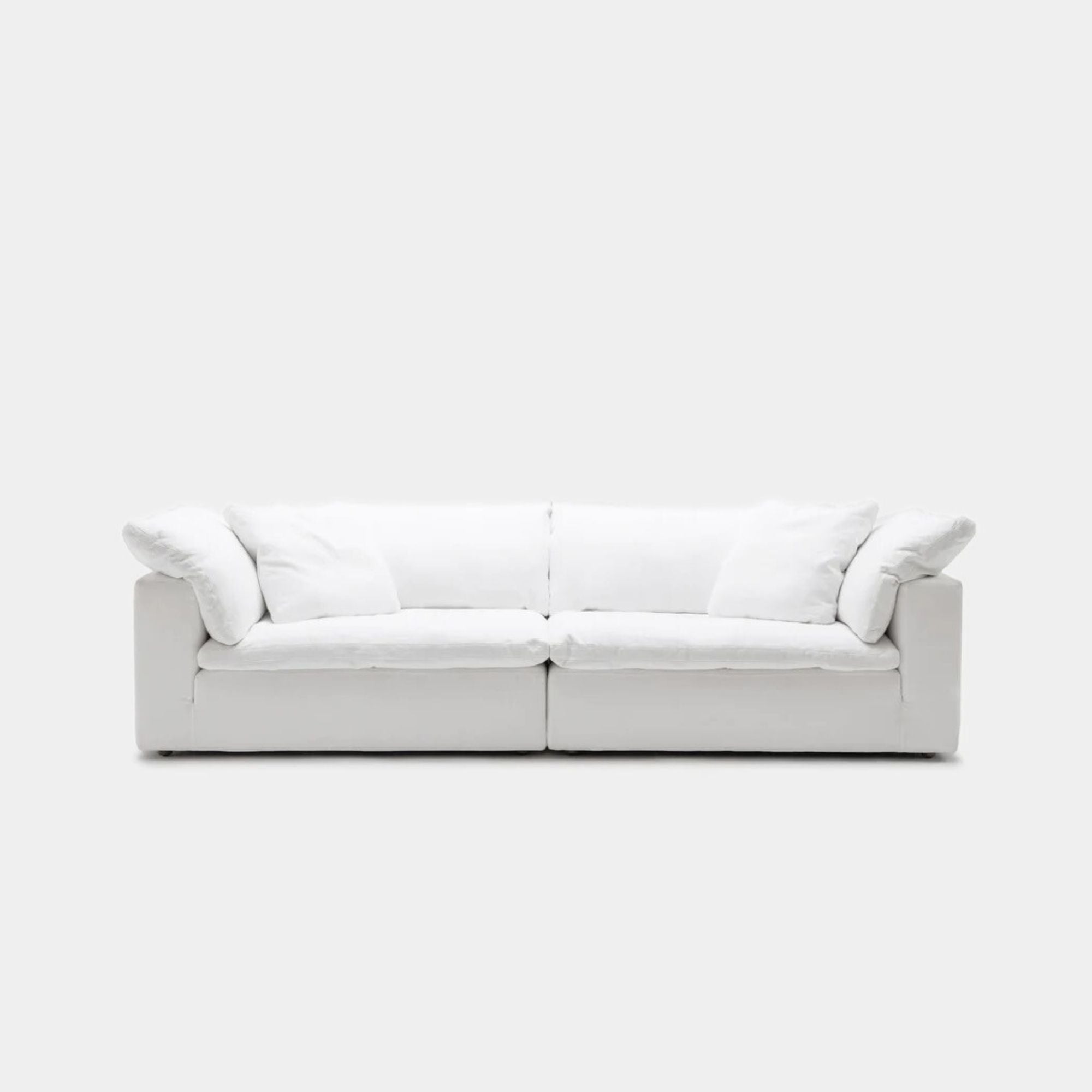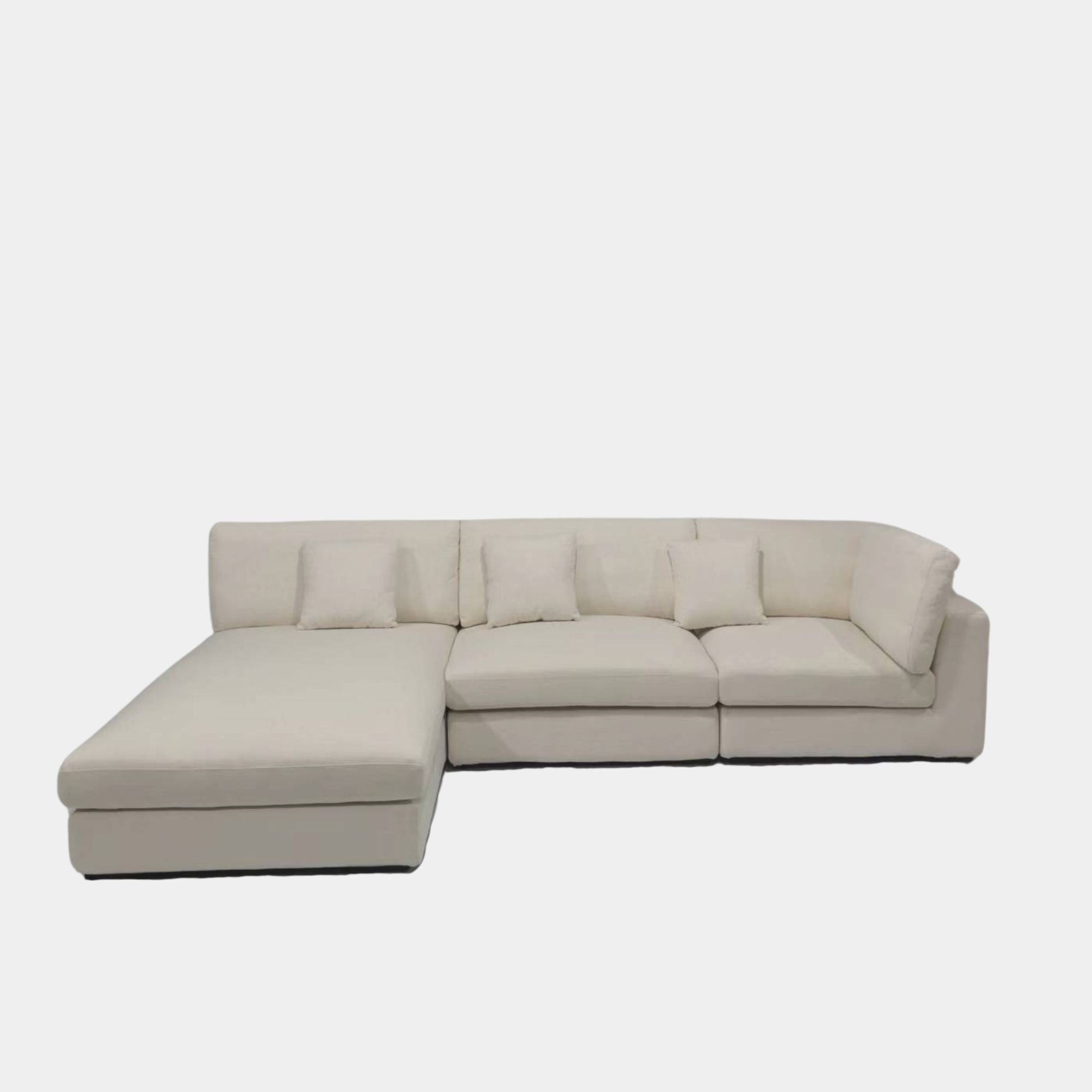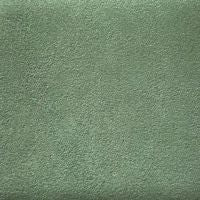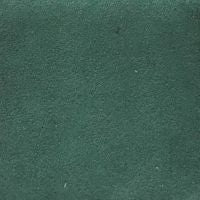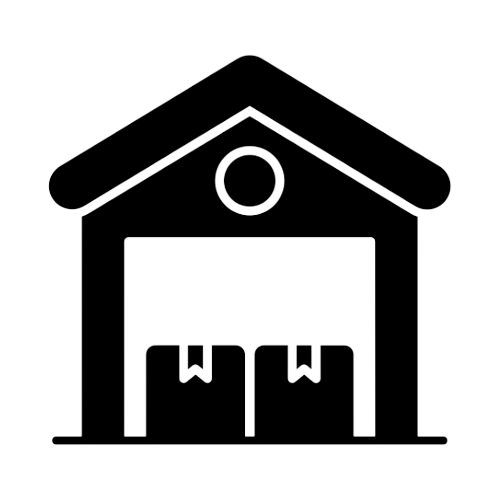Browse through some common questions that people may have. Reach out if still in doubt!
Guide
What is a modular sofa?
A modular sofa is a highly adaptable seating system composed of multiple individual sections, or "modules," that can be arranged in various configurations to suit different spaces and needs.
Unlike traditional sofas, modular sofas are designed for flexibility and customization, allowing you to expand, rearrange, or even separate the pieces over time.
Here’s what makes modular sofas unique:
- Flexible Arrangements: Modular sofas can be reconfigured easily. You can create anything from a small loveseat to a sprawling sectional, depending on the number and type of modules you choose.
- Tailored to Your Space: They work well in both large and small spaces, making them a popular choice for homes that may require future layout changes or reconfiguration.
- Versatile Styles: Modules often include various pieces like standard seats, chaise lounges, corner pieces, and ottomans, giving you options to create the layout that fits your style and seating needs.
A modular sofa is ideal for those who want a seating option that can evolve with their lifestyle, providing a stylish, adaptable solution for any living space.
What is considered a deep seat sofa and is it right for me?
A deep seat sofa typically has a seat depth of 56 cm or more from the front edge to the back cushion. This allows for a more relaxed, lounge-friendly seating position, as it gives ample room to sit back and stretch out your legs. Standard seat depths are usually between 45 to 56 cm, so anything beyond this is considered deep.
A deep seat sofa is great for those who prioritise comfort and want a sofa suitable for lounging. It works especially well for taller individuals who need more seat depth to sit comfortably. If you have a larger living area and like to relax or entertain guests, a deep seat sofa can be an excellent choice.
While deep seat sofas are great for comfort, they might not be ideal for smaller rooms, as they can take up more floor space. They may also feel too deep for shorter individuals, making it difficult to sit upright with feet touching the floor. Additionally, if you prefer more formal or upright seating, a deep seat sofa might not provide the support you’re looking for.
What are the common module types offered for modular sofas?
Modular sofas typically include a variety of unit types that you can combine to create the perfect layout for your space and seating needs. Here are the most common module types:
- End Unit: These pieces have one armrest on either the left or right side, serving as the sofa’s end. They can be combined with other modules to form the outer edges of your seating arrangement.
- Middle Unit: A versatile, armless section that fits seamlessly between other units to extend the length of the sofa. Middle units add extra seating without taking up much width, making them ideal for maximizing space.
- Peninsula Unit: This unit extends outward, offering an open-ended section perfect for lounging. Together with an end unit, it can be combined to form a one arm sofa.
- Chaise Unit: A long seat with no armrest on one side, perfect for stretching out and relaxing. Chaise units are popular for adding a comfortable lounging option to your modular sofa setup. Together with a peninsula unit or end unit, it can be combined to form a L shape sectional sofa.
- Ottoman Unit: A standalone, backless module that can serve as a footrest, additional seating, or even a coffee table. Ottomans offer added flexibility and can be easily moved around to suit different seating arrangements.
Each of these modules allows you to create a unique and customizable seating experience, whether you’re designing a compact 2-seater or a spacious sectional for a larger room.
How many people can sit on your modular sofa?
Our modular sofas are designed to adapt to any space and seating needs, offering flexible arrangements for different room sizes and gatherings:
- Small Living Rooms: Two pieces can be arranged as a cozy 2-seater, perfect for couples in smaller living rooms.
- 3-Seater Sectional: Add a chaise to a sofa module to create a comfortable 3-seater sectional, ideal for medium-sized spaces.
- Large Families and Gatherings: Combine multiple modules of various sizes to form expansive corner sofas or large sectionals, providing plenty of seating for family and friends.
What is the difference between a modular sofa and sectional sofa?
A sectional sofa is typically a pre-configured design, such as an L shape or U shape, with fixed connections between sections.
In contrast, a modular sofa consists of individual pieces or sections that can be rearranged to create different seating configurations, offering more flexibility and customization.
What is suede fabric?
Suede fabric is a synthetic or woven textile designed to mimic the soft, brushed feel and luxurious appearance of genuine suede leather. Made from materials like polyester or microfiber, suede fabric has a napped surface that gives it a velvety texture, making it a popular choice for furniture upholstery, clothing, and accessories.
Suede fabric captures the cozy, inviting look of traditional suede while offering greater versatility and resilience, making it ideal for adding warmth and elegance to various settings.
What sofa style does suede fabric work well with?
Suede fabric’s soft, luxurious texture enhances a variety of sofa styles, adding warmth and sophistication to living spaces:
- Contemporary Sofas: Suede pairs beautifully with sleek, modern sofa designs. Its rich texture contrasts nicely with the clean lines and minimalist aesthetic of contemporary styles, creating a warm, inviting vibe.
- Chesterfield Sofas: The soft, brushed surface of suede adds a unique twist to the traditional Chesterfield style. It complements the deep tufting and rolled arms, giving the classic design a modern update with a cozy, stylish look.
- Mid-Century Sofas: Suede fabric suits mid-century sofas with low profiles and tapered legs. Its smooth, refined appearance brings a touch of luxury that balances well with the retro, minimalist design.
- Sectional Sofas: On larger sectional sofas, suede fabric creates a comfortable, lounge-ready feel. Its plush texture enhances the coziness of sectional seating, making it ideal for family rooms and living areas where relaxation is key.
With its versatility, suede fabric can elevate both classic and modern sofa styles, bringing a soft, welcoming feel to any decor.
How to clean suede fabric?
Suede fabric requires gentle cleaning to maintain its soft, napped texture. Here are the recommended steps for cleaning and maintaining suede fabric:
- Regular Brushing: Use a soft suede brush to remove dust and debris. Brushing in one direction will help maintain the fabric’s nap and prevent matting.
- Spot Cleaning: For minor stains, gently dab the area with a clean, dry cloth to absorb as much of the stain as possible. Avoid rubbing, which can spread the stain. For water-based stains, a slightly damp cloth may help, but use sparingly to avoid water marks.
- Dry Cleaning Powder: For oil-based stains, use a dry cleaning powder specifically designed for suede. Sprinkle the powder on the stain, let it sit for a few hours, and then gently brush it off with a suede brush.
- Avoid Excess Water: Suede is sensitive to moisture, which can cause water stains or make the fabric stiff. If water spots occur, gently brush the area once it dries to restore the texture.
- Professional Cleaning: For deep cleaning or stubborn stains, consider professional upholstery cleaning. Professionals use techniques that clean without damaging the suede texture.
With these cleaning steps, suede fabric will stay looking soft and fresh, preserving its luxurious feel and elegant appearance.
What is the benefit of choosing green sofas?
Green sofas bring a refreshing and natural feel to any room. The colour green is often associated with growth, harmony, and tranquillity, making it an ideal choice for creating a relaxing atmosphere.
Depending on the shade, green can evoke feelings of calm or add a bold, lively touch, enhancing both contemporary and classic interiors.
What design styles work well with green?
Green sofas are versatile and can fit into a wide variety of design styles, including:
- Botanical and Natural: Light or mid-tone greens complement plant-filled spaces and natural wood finishes.
- Modern: Dark green sofas add depth and sophistication to modern interiors, especially when paired with minimalist decor and metallic accents.
- Traditional: Rich, deep green tones work well in more formal, traditional settings, especially alongside dark wood furniture.
- Eclectic: Green can blend with a range of textures and patterns, making it a bold choice in eclectic interiors.
What cushions work well with green sofas?
Neutral cushions in shades like beige, cream, or light grey pair well with green sofas, providing a subtle contrast.
For a pop of colour, consider mustard yellow, burnt orange, or blush pink, which add warmth and brightness.
Gold or brass tones can add a luxurious touch, while darker greens or even navy blue can create a cohesive, monochromatic look.
What rugs work well with green sofas?
Neutral rugs in cream, beige, or light grey provide balance for the richness of a green sofa.
For more texture and interest, patterned rugs with hints of green or botanical motifs can complement the sofa.
Rugs made from natural fibres like jute or sisal also work beautifully to enhance a natural or bohemian vibe.
What wall colour work well with green sofas?
Light, neutral wall colours such as soft white, cream, or light grey help a green sofa stand out without overwhelming the room.
For a more daring approach, deep jewel tones like rich emerald or sapphire can create a sophisticated, dramatic look.
Earthy tones like taupe, beige, or warm terracotta also pair harmoniously with green sofas.
What if I couldn’t find the shade of green such as olive green, dark green or emerald that I need?
If you're unable to find the shade of green you're looking for, such as olive green, dark green, or emerald, please reach out to us with a sample of the material you’d like to customise.
Whether it’s fabric or leather, we will liaise with our supplier base to find a similar upholstery material for you.
